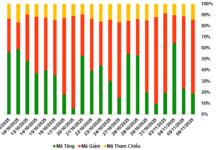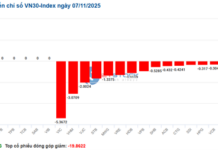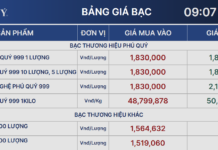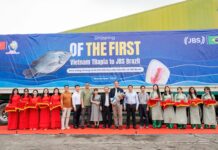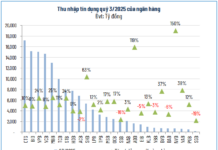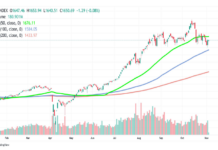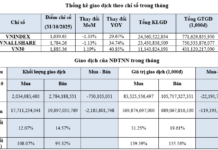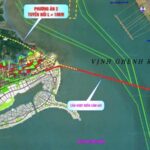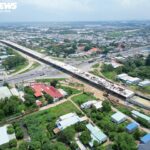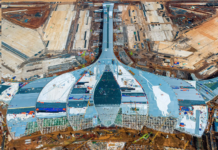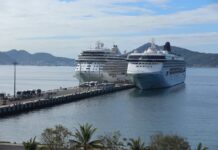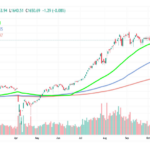Investing $3.5 Billion in Developing the Ba Ria – Vung Tau Port System
The Ministry of Construction has recently approved the Detailed Planning for Land and Water Areas of Ba Ria – Vung Tau Ports for the period 2021-2030, with a vision to 2050, under Decision 1922/QĐ-BXD. This marks a significant step towards realizing the goal of transforming the region into a leading international logistics and transshipment hub in Southeast Asia.
According to the plan, the Ba Ria – Vung Tau port system includes key berths such as Cai Mep, Thi Vai, Long Son, Song Dinh, Sai Mai – Ben Dinh, Vung Tau International Tourist Port, Con Dao Port, along with offshore oil and gas terminals, buoys, and transshipment areas. This diverse port network will establish a comprehensive maritime service chain, meeting the logistics, tourism, and oil and gas needs of the entire Southeast region.

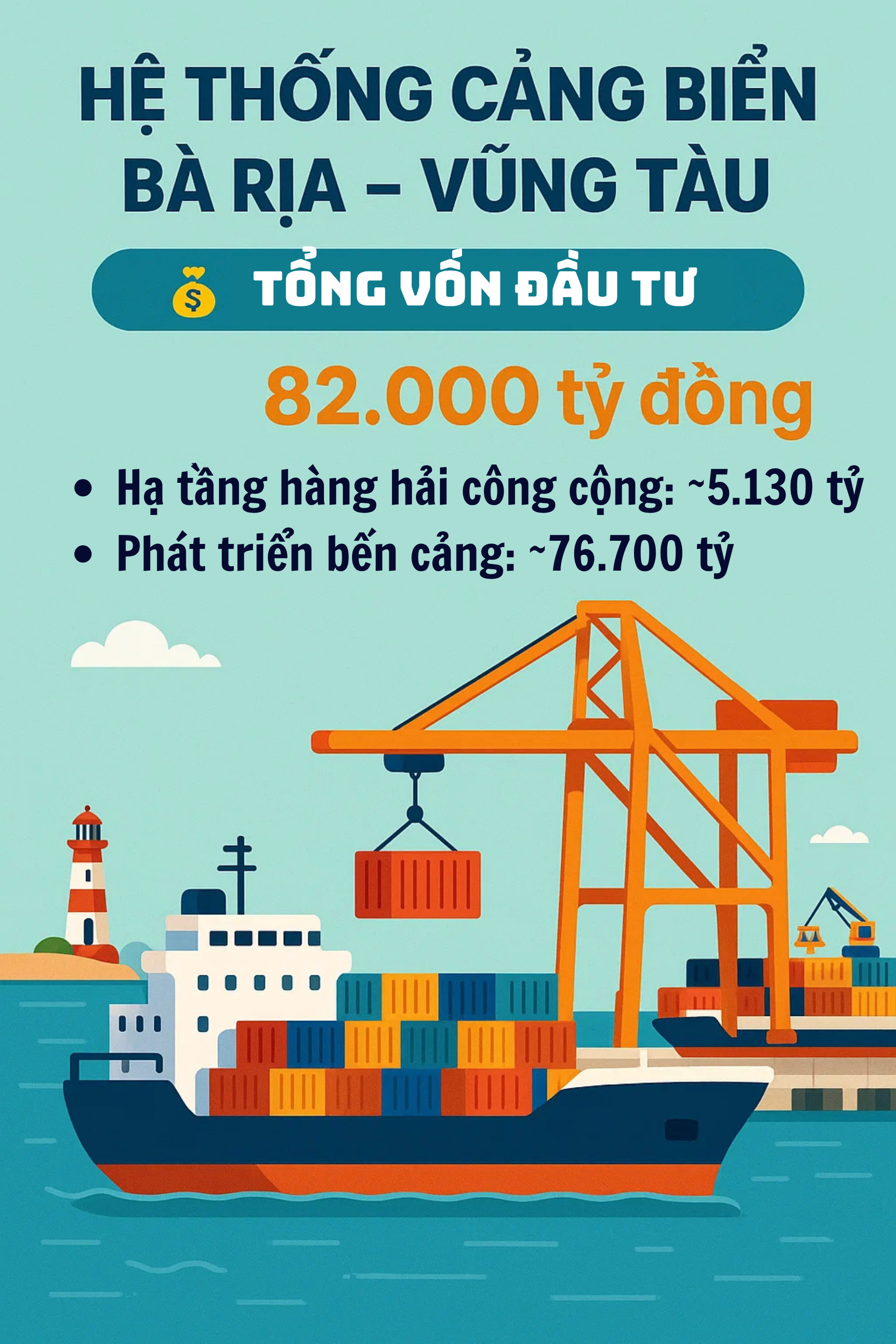
The total investment capital required for the Ba Ria – Vung Tau port system by 2030 is estimated at $3.5 billion. This includes over $220 million for public maritime infrastructure and more than $3.2 billion for the construction and expansion of port berths. This investment is expected to significantly enhance the operational capacity and competitiveness of the regional logistics chain.
Looking ahead to 2050, the region will continue to expand its scale and modernize its infrastructure, aiming for an average annual cargo volume growth rate of 3.5-3.8%.
Cai Mep – Thi Vai Port: The Core of Ba Ria – Vung Tau’s Port System Development
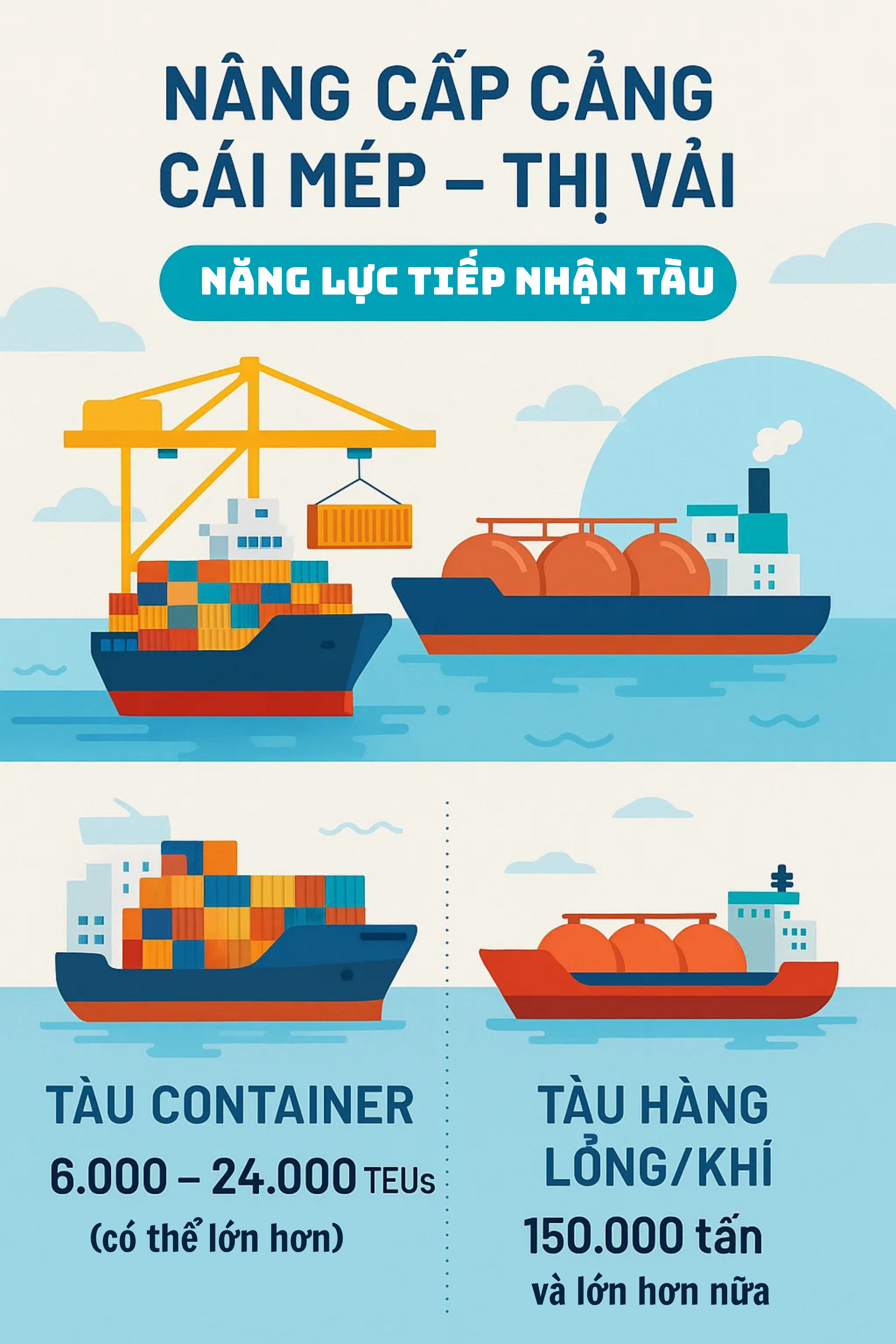
The Cai Mep – Thi Vai port cluster is currently Vietnam’s largest deep-water port, playing a crucial role in the regional and global supply chain as it lies on the international shipping route to Europe and the Americas. With its capacity to handle mother vessels, the area is seen as a driving force for export-import, industrial, and logistics services in the Southeast region and beyond.
In addition to port infrastructure investment, local voters and authorities have proposed the swift implementation of strategic transportation projects such as the Can Gio – Vung Tau Bridge and the high-speed railway connecting the region. These projects aim to complete a multimodal logistics ecosystem, reduce road traffic pressure, and enhance the competitiveness of Vietnamese ports.
The comprehensive and detailed planning for the new phase of port system development is expected to lay the foundation for Ba Ria – Vung Tau to emerge as an international transshipment center, competing directly with leading ports in the region such as Singapore, Port Klang (Malaysia), and Laem Chabang (Thailand).
This will further solidify the region’s role as the nation’s strategic “maritime gateway,” contributing significantly to Vietnam’s goal of becoming a strong maritime nation.

Cai Mep – Thi Vai Port is among the top 11 best container ports globally. Photo: NLĐ Newspaper
A Historic Turning Point for Vietnam’s Maritime Economic Development Strategy
The approval of the $3.5 billion investment for the Ba Ria – Vung Tau port system by 2030 is considered a historic turning point for Vietnam’s maritime economic development strategy. This decision marks a new acceleration phase, setting the stage for the nation’s key port region to transform from a major export hub into an international transshipment center.
This is the first time such a large-scale investment package has been approved exclusively for a port cluster, underscoring the strategic importance of Ba Ria – Vung Tau. Amid fierce global competition in logistics and maritime transport, the focus on upgrading the Cai Mep – Thi Vai deep-water port demonstrates Vietnam’s commitment to strengthening its position on the international trade map and actively participating in the global supply chain.
This investment not only aims to upgrade berths, shipping lanes, and modern maritime service facilities but also to expand the logistics ecosystem in the Southeast region. As port infrastructure improves, related sectors such as manufacturing, warehousing, logistics services, oil and gas, and marine tourism will directly benefit. This positions Ba Ria – Vung Tau for comprehensive development, potentially becoming a major maritime and logistics metropolis, akin to other regional hubs.
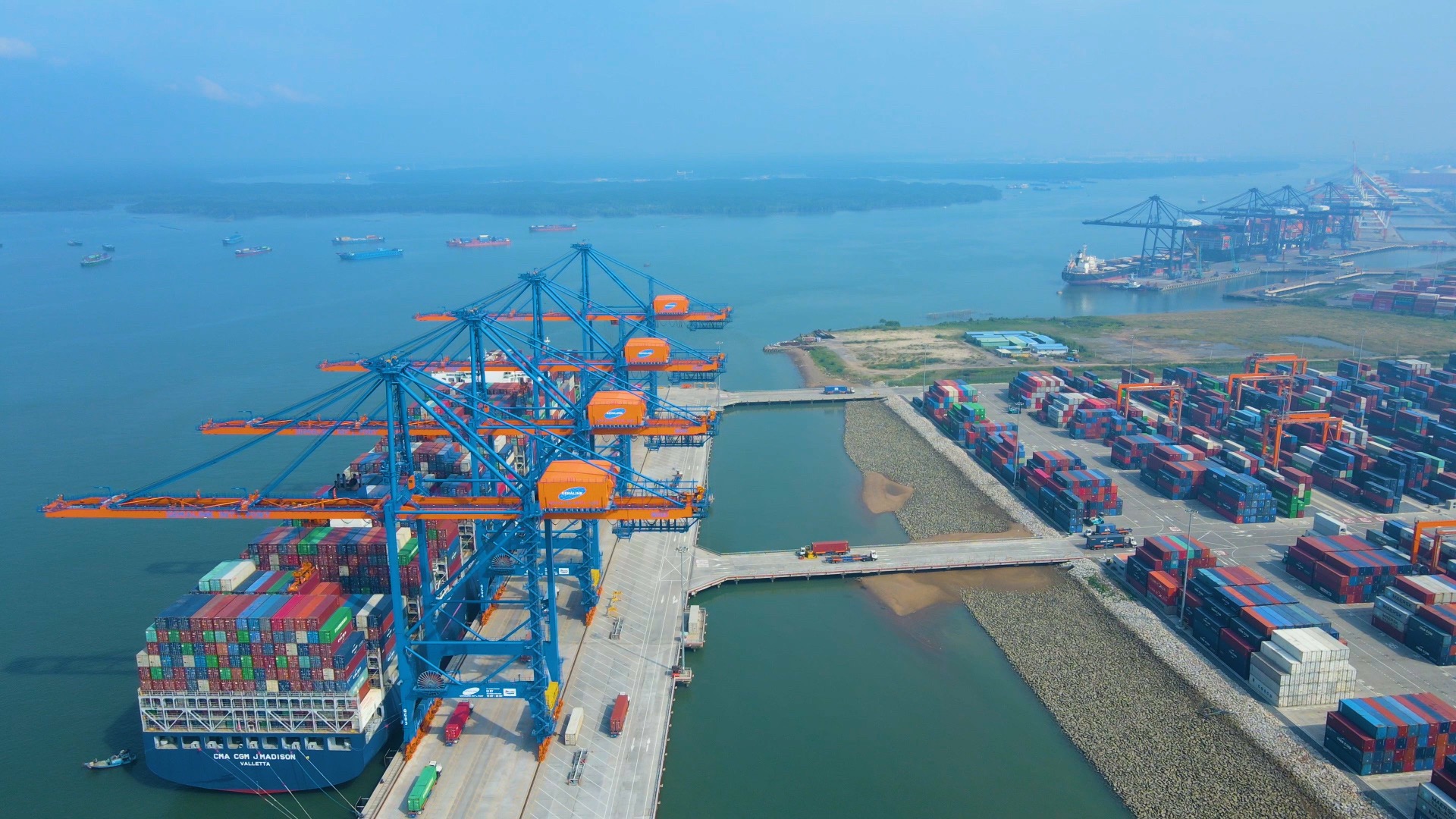
Cai Mep – Thi Vai Port, once a swamp, has risen to become one of Vietnam’s most important gateway ports. Photo: Ba Ria – Vung Tau Newspaper
This massive investment will also promote regional connectivity through key infrastructure projects such as the Can Gio – Vung Tau Bridge, the high-speed railway linking Long Thanh Airport, and strategic coastal roads. The seamless integration of sea, road, rail, and air transport will create a modern multimodal network, reducing logistics costs, enhancing national competitiveness, and supporting Vietnam’s deeper integration into the international maritime transport market.
In the long term, this investment decision holds not only economic significance but also reflects a strategic vision for security, sovereignty, and sustainable maritime development. Ba Ria – Vung Tau will play a central role in realizing Vietnam’s ambition to become a strong maritime nation, rich from the sea, and a global gateway port in Asia. With the right direction and sufficient resources, the province’s port system is expected to drive long-term growth, benefiting the entire Southeast region and the nation as a whole.
$3 Billion Highway Cutting Through Ho Chi Minh City’s Swamplands Nears Completion
After years of development, the 991B Road project—a vital transportation artery linking National Highway 51 to the downstream Cai Mep Port—is now entering its final, critical phase.
Revolutionary Sea Bridge Project Connecting Can Gio and Vung Tau Announced by Ministry of Construction
Voters in Ho Chi Minh City are urging the government to expedite investments in developing the Cai Mep – Thi Vai port into an international transshipment hub. Additionally, they advocate for the construction of the Can Gio – Vung Tau bridge and a high-speed railway connecting Ho Chi Minh City, Ba Ria, and Binh Duong. These initiatives aim to leverage enhanced transportation connectivity, bolstering export-import activities and logistics services.
Crafting a Captivating Headline: “Racing to Complete the Road Linking the Port to the Industrial Zone”
The construction of Route 991B, connecting National Highway 51 to the Cai Mep port’s downstream area, is being expedited for completion in 2025. This strategic infrastructure project is expected to unlock a new development corridor for the nation’s logistics industry, facilitating trade and boosting economic growth.


